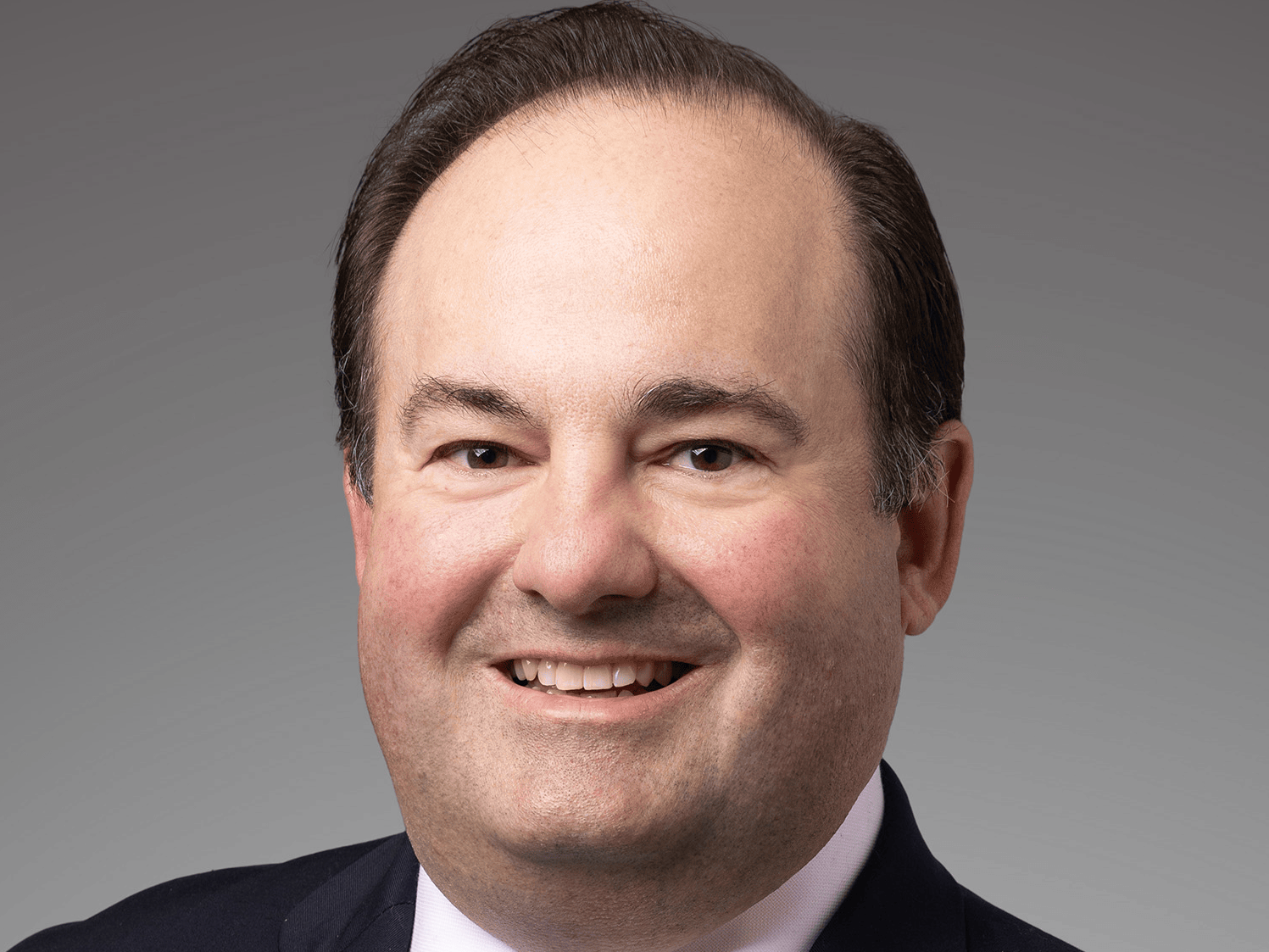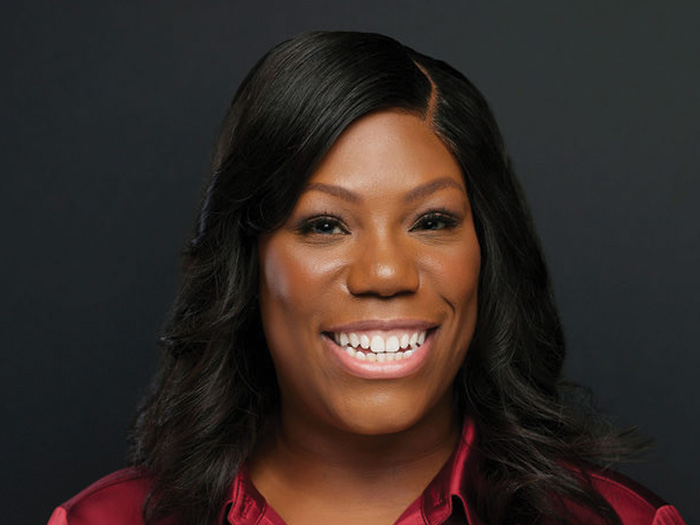Sponsored: Westfield Specialty
Revitalizing the Neglected Art of Underwriting E&O

Errors and omissions insurance arose out of professionals’ need to protect themselves against claims of negligence or otherwise sub-par work. Any company or professional that provides a service for a fee benefit from E&O coverage, and in most cases, carrying a policy is required by contract or even by regulation.
Underwriting E&O exposures requires a deep understanding not only of the services that an insured provides, but of their industry as a whole.
“The underwriter would have to know about the legal and regulatory issues in that client’s industry. They would analyze any contracts between the service provider and its client to understand in depth what is being promised. There may be intellectual property safeguards and media controls to address. Does the insured create content? What do they do with it? How do they control the permissions to utilize it?” said Jeff Kulikowski, Executive Vice President, Westfield Pro- Cyber/E&O, Westfield Specialty.
“A carrier also needs an experienced claims staff. E&O claims tend to be complex and long-tail, stretching up to as many as 10 years. Claims professionals must likewise be well-versed in the insured’s industry to achieve the best outcome possible.”
Insurers have traditionally seen the growth potential of the E&O business as limited, due to a limited pool of potential buyers (not every company has E&O exposure) and the fact that it requires such specific expertise to execute well.
In the early 2000s, though, that perception started to change thanks to the emergence of cyber insurance and its overlap with E&O exposures.
How E&O and Cyber Underwriting Came to A Crossroads
While not every company has an E&O exposure, certainly every company has a cyber exposure.
“We can affirmatively say now that every company has cyber liability exposure, whether it is to a ransomware event, a business interruption loss, or PII being stolen. There is a whole variety of scenarios that effectively every company is vulnerable to,” Kulikowski said.
As cyber risks and corresponding coverages continue to evolve, there have been many discussions around what exactly cyber insurance covers and how it overlaps with other forms of insurance – E&O among them.
A breach, for example, could lead to a leak of private client information, spurring those clients to accuse a company of professional negligence. Or a system disruption could cause a company to miss a deadline, leading to claims of breach of contract. A cyber event therefore can lead to a cascade of claims that impact professional liability coverage.
Insurers responded by offering both E&O and cyber coverage on a combined form.
“These two separate underwriting processes started to merge in the early to mid-2000s,” Kulikowski said. “During that time, many carriers and brokers made it a point to train their staff in both disciplines, so everybody would have to work on both E&O and cyber related business. By about 2012 or 2013, I would say 90% of deals that had an E&O, and a cyber component were a combined form.”
Many carriers that had previously focused on E&O began pushing into cyber, realizing an opportunity to expand an otherwise limited business.
“The cyber insurance universe started growing at an unbelievable rate. Cyber insurance products had very good combined and loss ratio estimates compared to E&O, which had higher, but more mature combined ratios. Cyber was more profitable. With the push into this space, E&O started to take a major backseat,” Kulikowski said.
The Claim Management Challenges of Combined Coverage

Michael Colford, SVP, Westfield Specialty Pro Cyber Product, Leader, Westfield Specialty
The combination of cyber and E&O underwriting helped insurers gain a foothold in the rapidly expanding world of cyber risk, while also providing insureds peace of mind that the rest of their E&O and ancillary exposures were covered.
Ultimately, though, the underwriting and claims management processes for cyber and E&O risks remained quite distinct, presenting challenges as time went on.
“Some carriers became prone to treating professional liability coverage as an afterthought, focusing the majority of their attention on the cyber underwriting and only incrementally on the E&O underwriting. The result is a lack of information needed to truly underwrite the combined risk. That did not become evident, however, until five or more years down the road when long-tail E&O claims started to play out,” Kulikowski said.
“Many carriers that had grown in the early 2010s by building E&O into cyber really have started to see the effects on their own loss ratios from these E&O claims.”
Claims management issues primarily arose from the fact that cyber insurance deals largely with first-party liability, whereas E&O deals with third-party liability.
“First-party cyber coverage is shorter-tail than traditional E&O lines. Claim costs will include initial incident response, forensic investigation, notification, and credit monitoring. These all happen typically within a few months of a breach, so the costs are quick to hit your bottom line. With E&O, on the other hand, you are focused on third-party long-tail exposures. When an E&O claim comes in, it usually starts a longer legal process which can take years to resolve,” said Michael Colford, SVP, Westfield Specialty Pro Cyber Product, Leader, Westfield Specialty.
If there are both E&O and cyber claims within the same policy period, it can be difficult to work through the components of each simultaneously. Doing so requires expertise in the nuances of each type of claim, including the specific legal and regulatory issues surrounding the client’s industry in their particular state, and effective communication among the claims teams handling both cyber and E&O issues.
“Simply put, they are very different disciplines from a claims resolution standpoint,” Colford said.
How the Cyber/E&O Market Has Evolved
The realization of these claims management challenges has driven some changes in the E&O market. On the one hand, appetite for professional liability risks has decreased. However, carriers that have stayed in the game have focused more resources on building E&O expertise to ensure the underwriting and claims teams are truly equipped to manage the complexities of combined coverage.
“We are seeing a dynamic shift in meetings where the professional liability exposure is being addressed more specifically. Carriers and brokers that are working on these together are more knowledgeable about the professional services, more knowledgeable about the industries, and I think that is benefiting clients to a large degree,” Colford said.
Despite a decrease in appetite, the E&O market has ridden the wave of softening conditions in the cyber market. Over time, these conditions combined with sharper expertise may spur an increase in E&O appetite again.
Overall, E&O risks will grow more complex as businesses grow more complex. According to Kulikowski, honing expertise in these exposures will make carriers more well-rounded and better able to meet clients’ needs in other coverage areas.
“In my opinion, professional liability or E&O underwriting makes you a better cyber underwriter, specifically around the business interruption component of risk. If our claims group is reimbursing loss of profit through business interruption and trade agreements, it helps to understand the complexity of the business, how it operates, how their contracts work, how their billing cycles work, and overall, how resilient they are from a business continuity perspective,” he said.
“This helps you understand their risk profile from multiple angles. Ultimately, markets should pay broader attention to E&O risk and insurance because it is an opportunity to create a broader relationship with a client.”
The team at Westfield Specialty has developed the expertise, resources and collaborative environment needed to address both E&O and cyber risks effectively for their clients.
To learn more about Westfield Specialty’s E&O/cyber offerings, visit https://www.westfieldinsurance.com/insurance/specialty.
This article was produced by the R&I Brand Studio, a unit of the advertising department of Risk & Insurance, in collaboration with Westfield Specialty. The editorial staff of Risk & Insurance had no role in its preparation.











